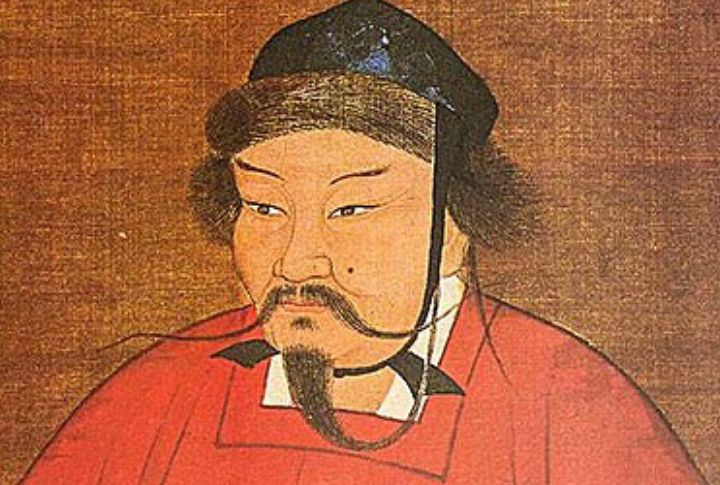
History doesn’t always hinge on epic battles or heroic resistance. Sometimes, it turns on quiet disruptions, distant decisions, and moments of unexpected pause. In the case of medieval Europe, the Mongol Empire couldn’t conquer it due to a series of overlooked events and strategic decisions, not power. Here’s what truly kept Europe from falling under Mongol rule.
Demise Of Ogedei Khan
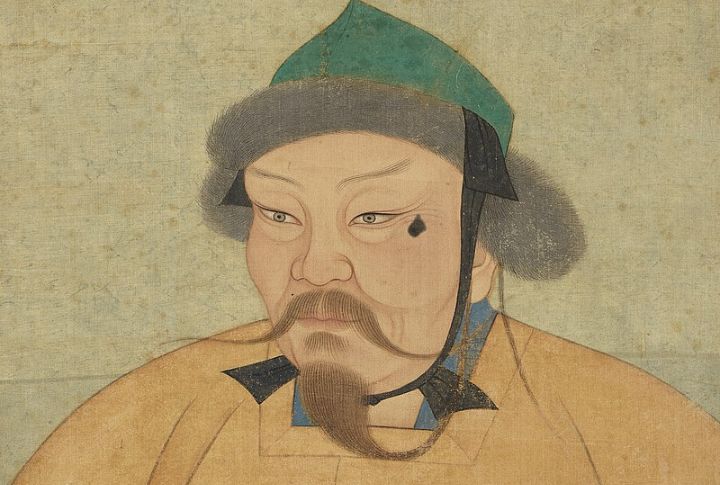
Europe’s survival in 1241 hinged not on armies but on its customs. When Ogedei Khan drank himself to death, generals abandoned their victories to attend the kurultai. Regency passed to Toregene Khatun, and the empire’s traditions—rather than European resistance—halted history’s most feared invasion.
Succession Crises
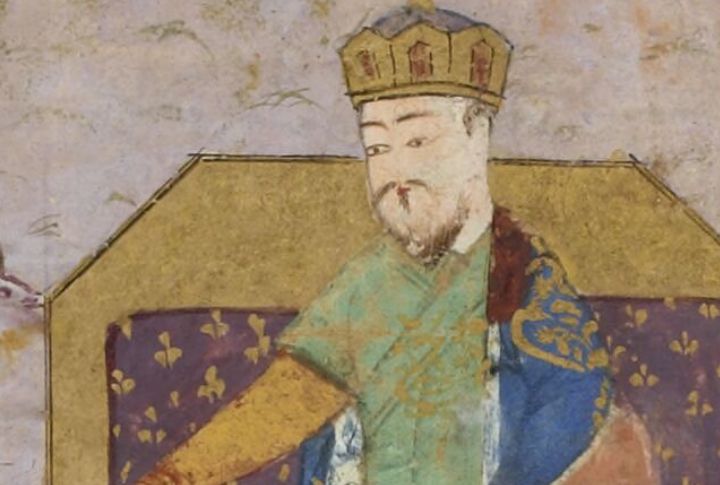
Succession turned the empire into a chessboard. For five years after Ogedei’s demise, nobles traded moves in a grinding stalemate. Guyuk’s rise looked like a checkmate but ended as a blunder. His two-year reign unraveled momentum and left Europe safe from conquest by an endless game of succession.
Focus On Song China
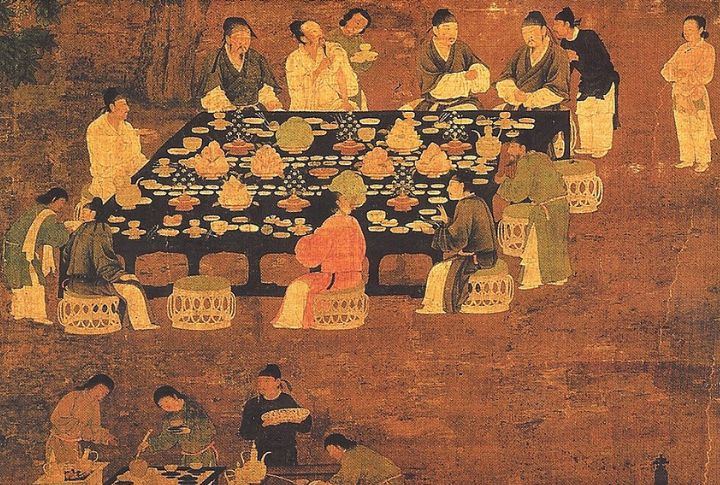
The Mongols faced a fateful choice: pursue their western conquests into Europe, or commit their mighty machine to the ultimate prize of Song China. Following the Jin dynasty’s fall in 1234, they chose the latter. This culminated in Kublai Khan’s historic completion of his grandfather’s Chinese ambitions.
Cavalry Tactics
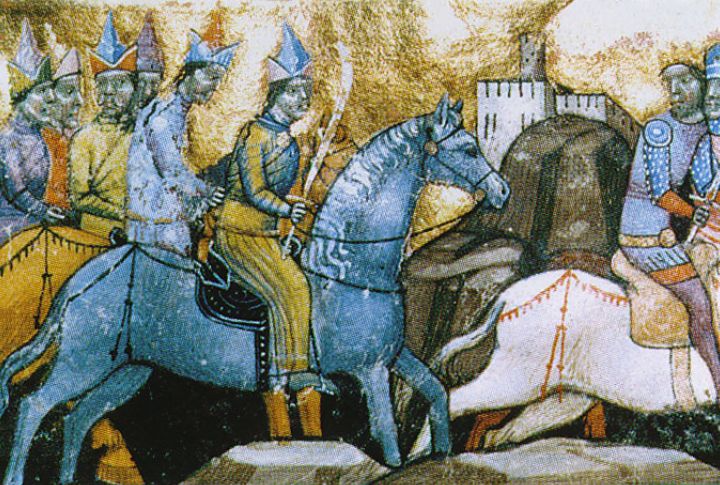
The open steppes had made them invincible, but Europe was another battlefield entirely. Thick forests slowed their galloping cavalry, while stone fortresses resisted even their fiercest sieges. By the 1240s, the horse archers’ deadly precision was blunted, and geography itself became Europe’s greatest shield.
Distance From Mongolia
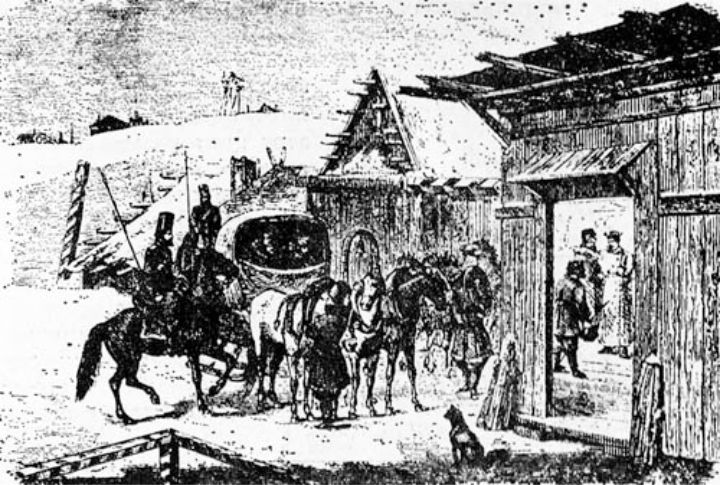
Their supremacy thrived close to its homeland, but distance exposed limits. European campaigns stretched supply lines thin, converting overwhelming power into logistical vulnerability. Even the sophisticated yam relay system faltered under the vast distances, which revealed that geography checked Mongol expansion.
Governing Fragmented Europe
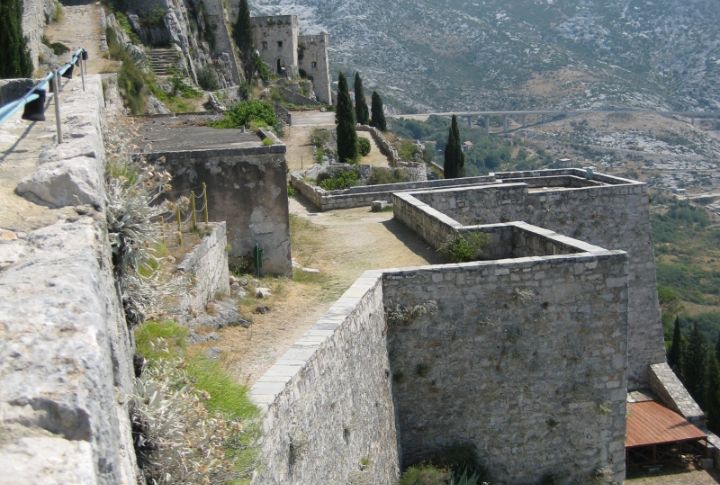
From the steppes, Europe looked deceptively simple. But on arrival, its fractured kingdoms and stubborn borders told another story. Where Persia and China yielded through singular centers of power, Europe resisted. The Mongols, pragmatic as ever, shifted course and went seeking tribute over thrones.
Tribute Extraction Practice
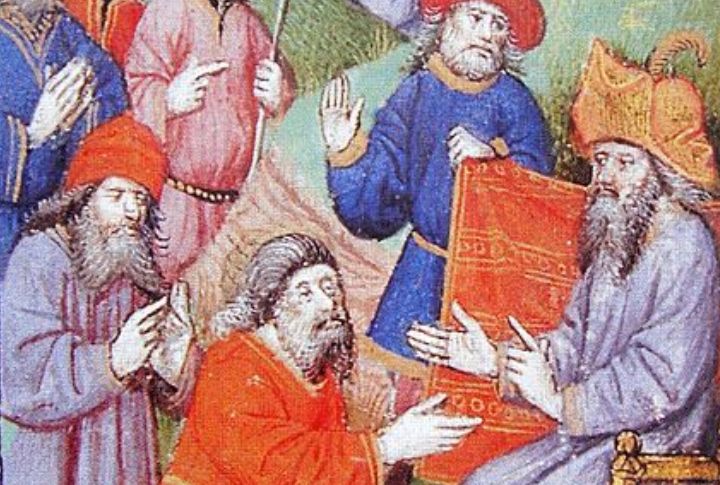
They played empire like chessmasters, moving lightly yet decisively. Instead of anchoring themselves in foreign lands, they demanded tribute in the form of gold and skilled hands. In Russia and the Middle East, these calculated extractions gave them dominance with minimal strain.
Fortified Resistance In Eastern Europe
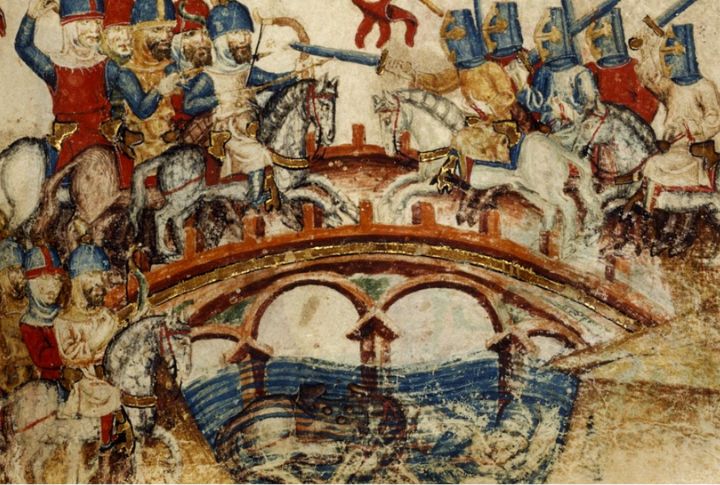
At the Battle of Mohi, Hungary’s forces were crushed in open combat—but the story didn’t end there. Across Hungary, Croatia, and Dalmatia, castles slowed the invaders by disrupting their supply lines and inflicting steady losses. Though rarely celebrated, these strongholds played a huge role in delaying conquest and buying the time that ultimately shielded Western Europe.
Economic Incentives
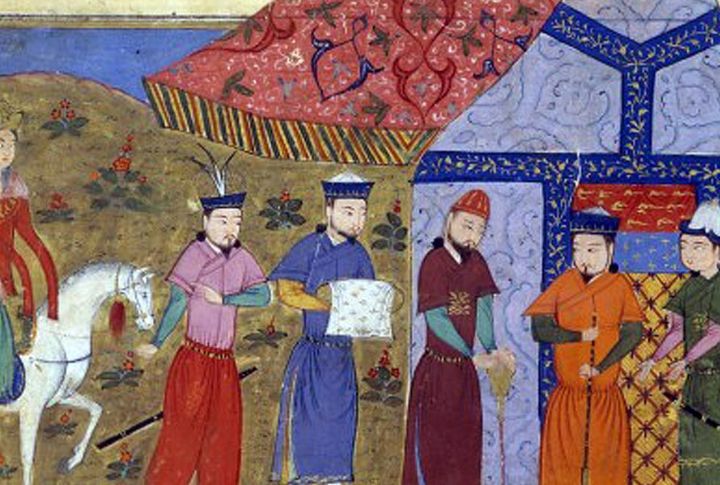
The lure of Europe’s fields faded beside the glitter of China’s markets. Along the Silk Road, caravans carried more wealth than conquest could ever yield. By taxing trade instead of seizing cities, they discovered prosperity without the weight of garrisons—an empire enriched by movement, not occupation.
Demise Of Mongke Khan
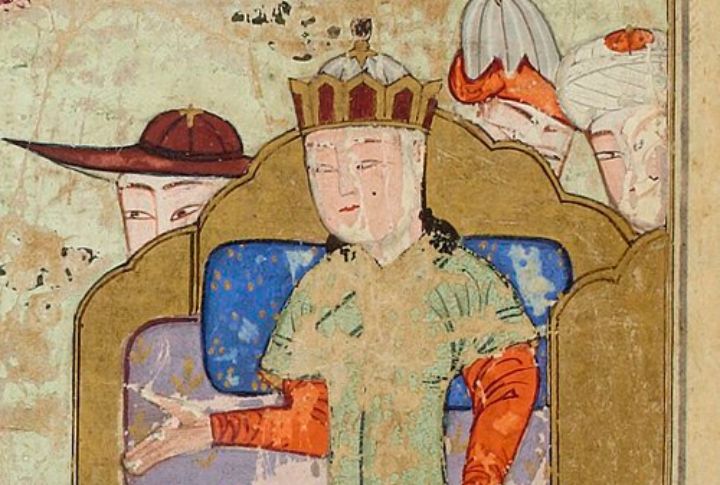
The reign of Mongke Khan stretched like a golden thread, but with his demise in 1259, it snapped. From the break came strife: Kublai and Ariq Boke, brothers turned rivals, drew armies eastward. Europe was spared not by sword, but by succession’s unraveling storm.

